Mastering Discord Integrations: API Essentials

Discord's API is the backbone of modern community automation, moderation, and integrations. Whether you're building a utility bot, connecting an AI assistant, or streaming notifications from external systems, understanding the Discord API's architecture, constraints, and best practices helps you design reliable, secure integrations that scale.
Overview: What the Discord API Provides
The Discord API exposes two main interfaces: the Gateway (a persistent WebSocket) for real-time events and the REST API for one-off requests such as creating messages, managing channels, and configuring permissions. Together they let developers build bots and services that respond to user actions, post updates, and manage server state.
Key concepts to keep in mind:
- Gateway (WebSocket): Streams events like messages, reactions, and presence updates. It's designed for low-latency, event-driven behavior.
- REST API: Handles CRUD operations and configuration changes. Rate limits apply per route and globally.
- OAuth2: Used to authorize bots and request application-level scopes for users and servers.
- Intents: Selective event subscriptions that limit the data your bot receives for privacy and efficiency.
Authentication, Bot Accounts, and Intents
Authentication is based on tokens. Bots use a bot token (issued in the Discord Developer Portal) to authenticate both the Gateway and REST calls. When building or auditing a bot, treat tokens like secrets: rotate them when exposed and store them securely in environment variables or a secrets manager.
Intents let you opt-in to categories of events. For example, message content intent is required to read message text in many cases. Use the principle of least privilege: request only the intents you need to reduce data exposure and improve performance.
Practical steps:
- Register your application in the Developer Portal and create a bot user.
- Set up OAuth2 scopes (bot, applications.commands) and generate an install link.
- Enable required intents and test locally with a development server before wide deployment.
Rate Limits, Error Handling, and Scaling
Rate limits are enforced per route and per global bucket. Familiarize yourself with the headers returned by the REST API (X-RateLimit-Limit, X-RateLimit-Remaining, X-RateLimit-Reset) and adopt respectful retry strategies. For Gateway connections, avoid rapid reconnects; follow exponential backoff and obey the recommended identify rate limits.
Design patterns to improve resilience:
- Rate-limit-aware clients: Use libraries or middleware that queue and throttle REST requests based on returned headers.
- Idempotency: For critical actions, implement idempotent operations to safely retry failed requests.
- Sharding: For large bots serving many servers, shard the Gateway connection to distribute event load across processes or machines.
- Monitoring & alerting: Track error rates, latency, and reconnect frequency to detect regressions early.
Webhooks, Interactions, and Slash Commands
Webhooks are lightweight for sending messages into channels without a bot token and are excellent for notifications from external systems. Interactions and slash commands provide structured, discoverable commands that integrate naturally into the Discord UI.
Best practices when using webhooks and interactions:
- Validate inbound interaction payloads using the public key provided by Discord.
- Use ephemeral responses for sensitive command outputs to avoid persistent exposure.
- Prefer slash commands for user-triggered workflows because they offer parameter validation and autocomplete.
Security, Compliance, and Privacy Considerations
Security goes beyond token handling. Consider these areas:
- Permission hygiene: Grant the minimum permission set and use scoped OAuth2 invites.
- Data minimization: Persist only necessary user data, and document retention policies.
- Encryption & secrets: Store tokens and credentials in secret stores and avoid logging sensitive fields.
- Third-party integrations: Vet external services you connect; restrict webhook targets and audit access periodically.
Integrating AI and External APIs
Combining Discord bots with AI or external data APIs can produce helpful automation, moderation aids, or analytics dashboards. When integrating, separate concerns: keep the Discord-facing layer thin and stateless where possible, and offload heavy processing to dedicated services.
For crypto- and market-focused integrations, external APIs can supply price feeds, on-chain indicators, and signals which your bot can surface to users. AI-driven research platforms such as Token Metrics can augment analysis by providing structured ratings and on-chain insights that your integration can query programmatically.
Build Smarter Crypto Apps & AI Agents with Token Metrics
Token Metrics provides real-time prices, trading signals, and on-chain insights all from one powerful API. Grab a Free API Key
FAQ: How do I start building a bot?
Begin by creating an application in the Discord Developer Portal, add a bot user, and generate a bot token. Choose a client library (for example discord.js, discord.py alternatives) to handle Gateway and REST interactions. Test in a private server before inviting to production servers.
FAQ: What are Gateway intents and when should I enable them?
Intents are event categories that determine which events the Gateway will send to your bot. Enable only the intents your features require. Some intents, like message content, are privileged and require justification for larger bots or those in many servers.
FAQ: How can I avoid hitting rate limits?
Respect rate-limit headers, use client libraries that implement request queues, batch operations when possible, and shard your bot appropriately. Implement exponential backoff for retries and monitor request patterns to identify hotspots.
FAQ: Are webhooks better than bots for notifications?
Webhooks are simpler for sending messages from external systems because they don't require a bot token and have a low setup cost. Bots are required for interactive features, slash commands, moderation, and actions that require user-like behavior.
FAQ: How do I secure incoming interaction requests?
Validate interaction signatures using Discord's public key. Verify timestamps to prevent replay attacks and ensure your endpoint only accepts expected request types. Keep validation code in middleware for consistency.
Disclaimer
This article is educational and technical in nature. It does not provide investment, legal, or financial advice. Implementations described here focus on software architecture, integration patterns, and security practices; adapt them to your own requirements and compliance obligations.
Create Your Free Token Metrics Account

.png)




%201.svg)
%201.svg)


%201.svg)



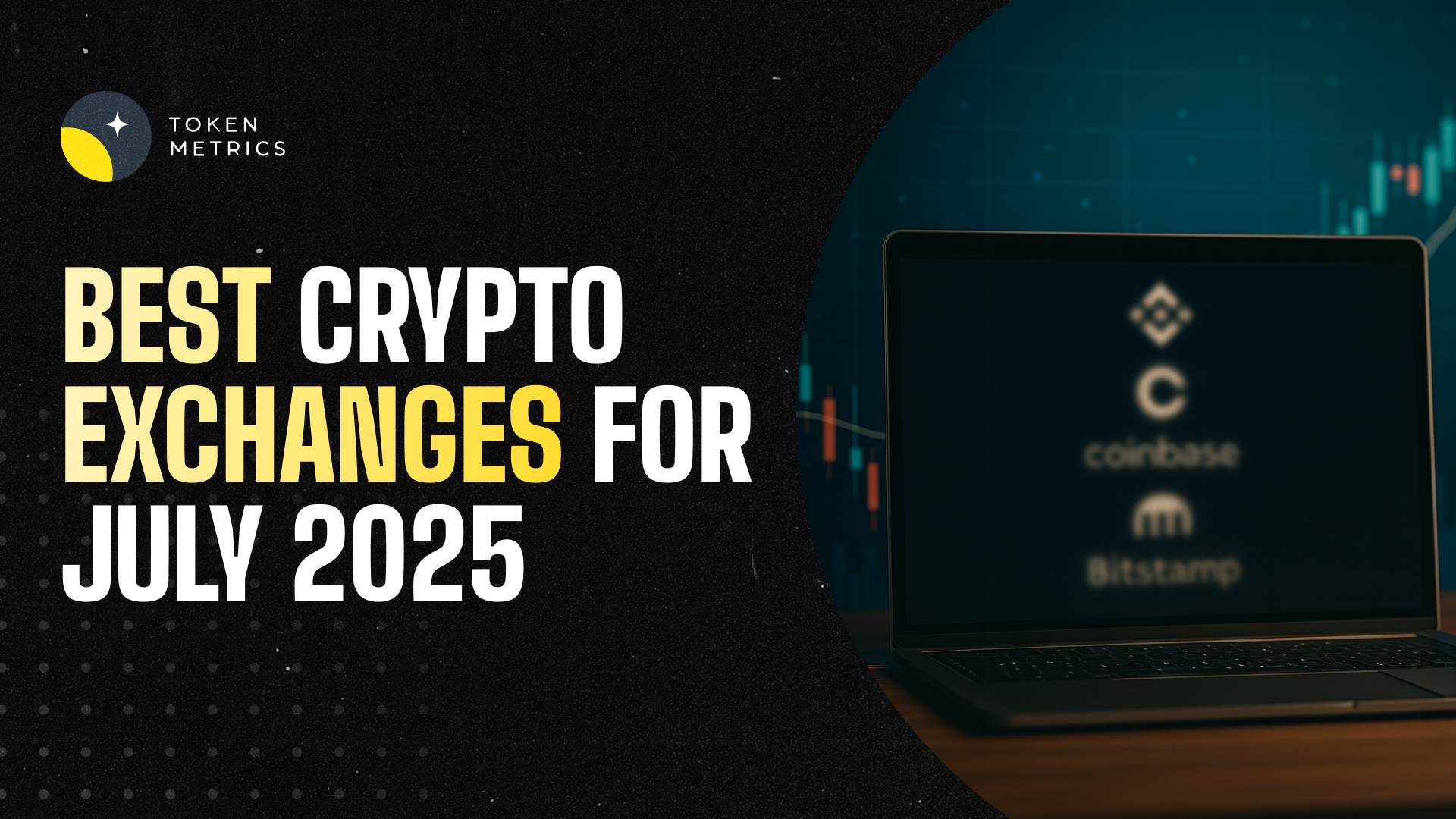
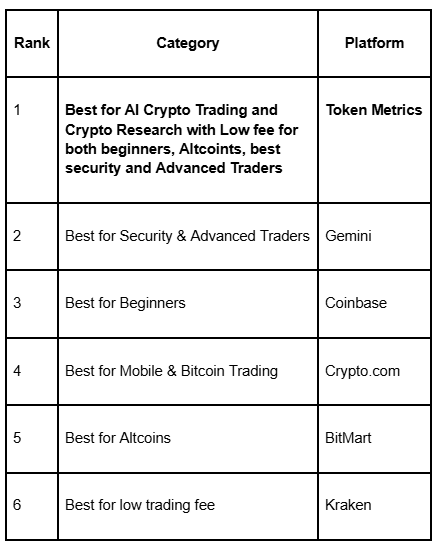








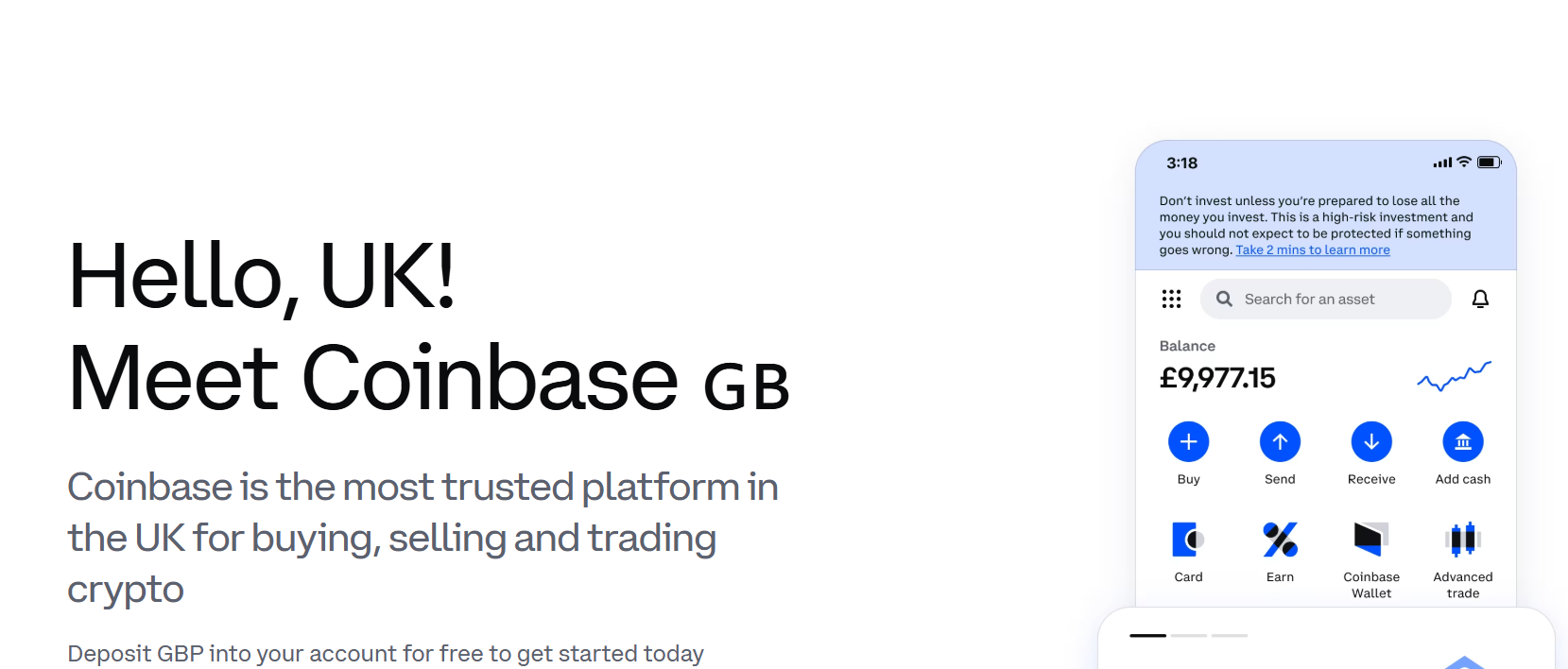
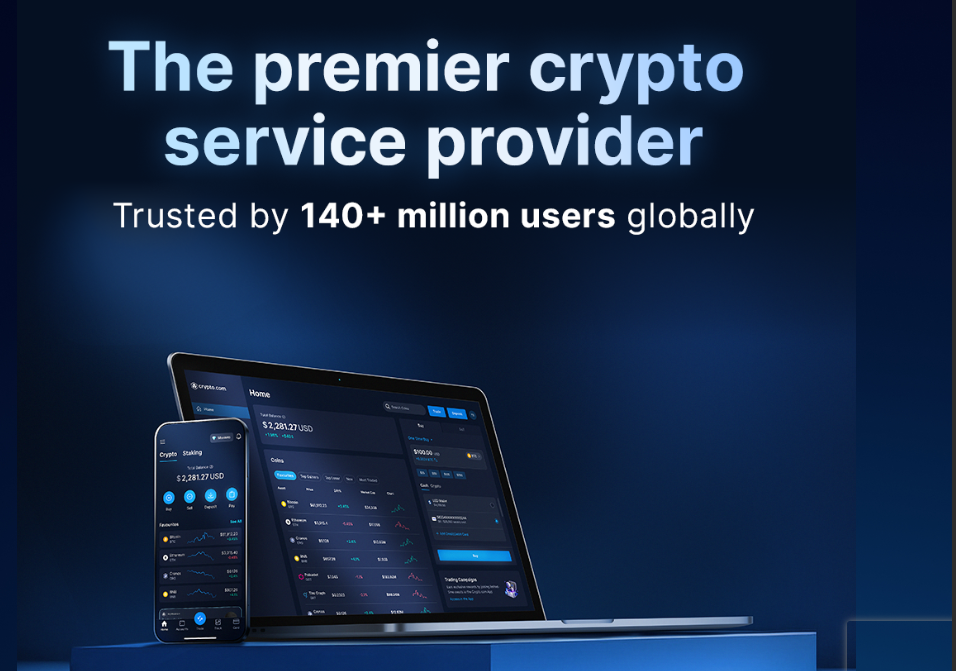
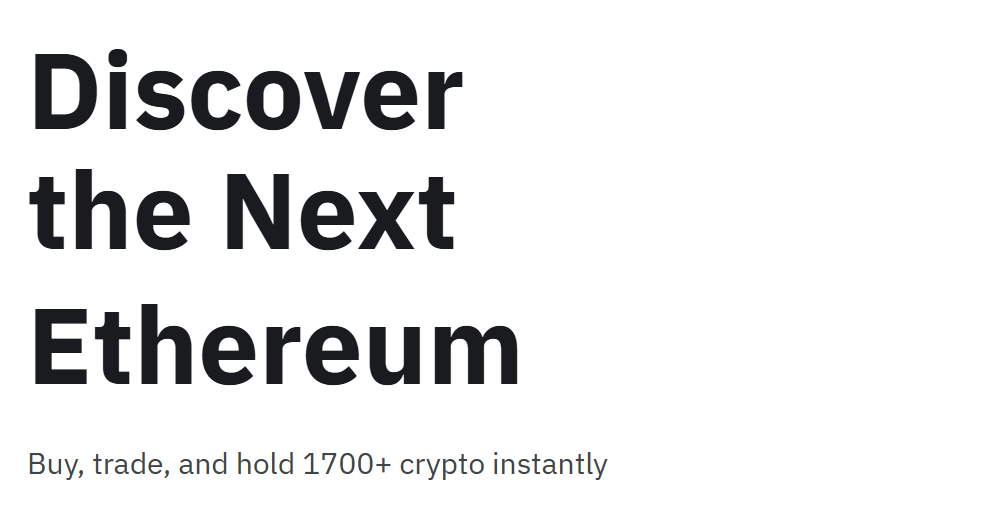
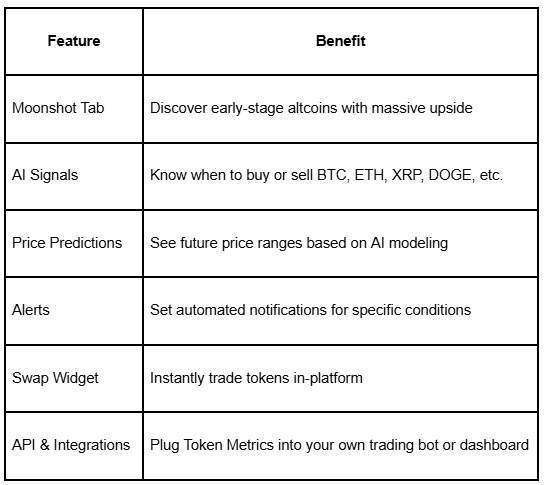
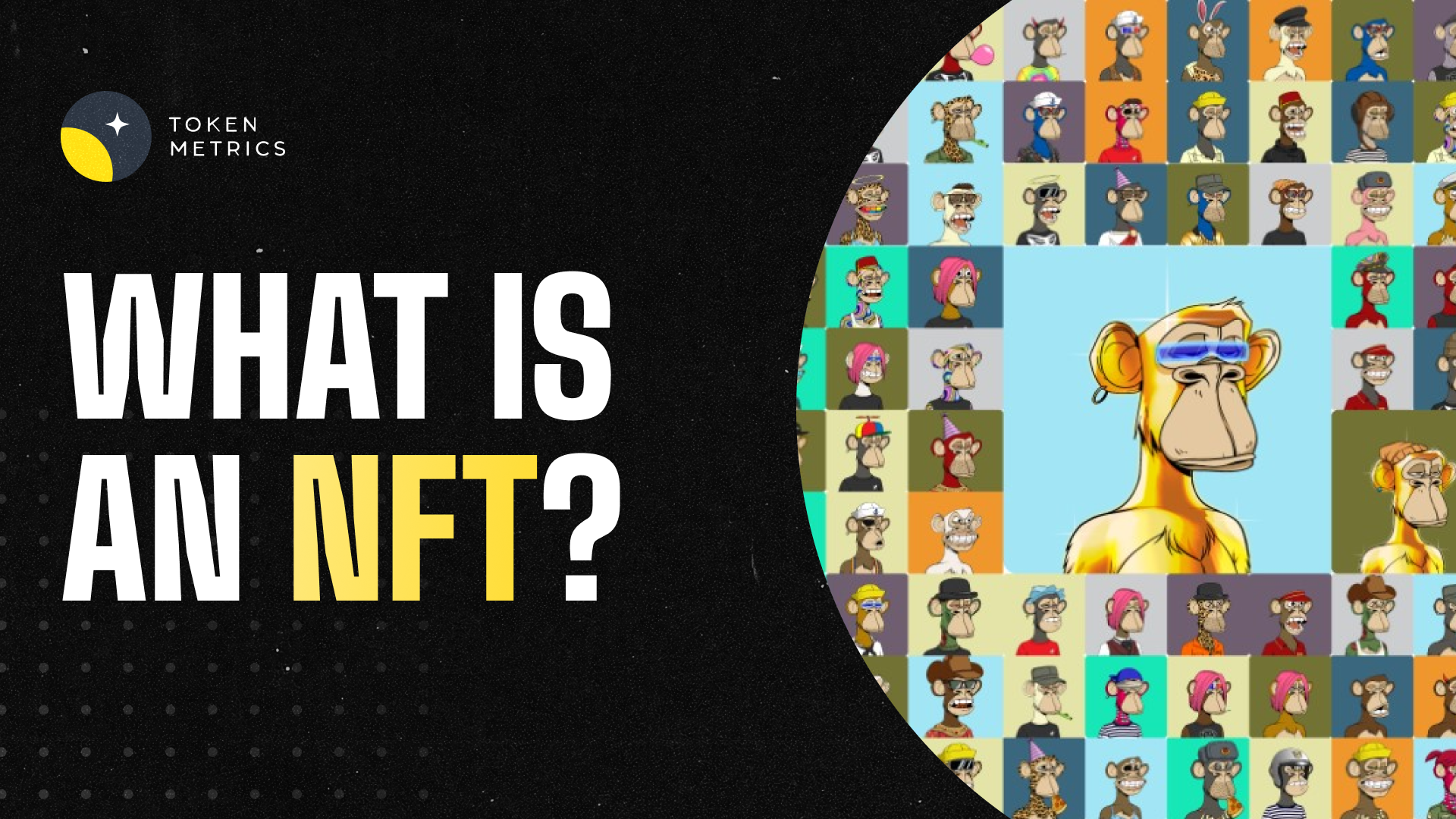

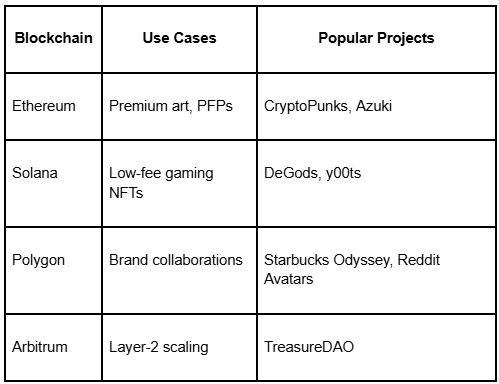
.png)







.svg)




.png)